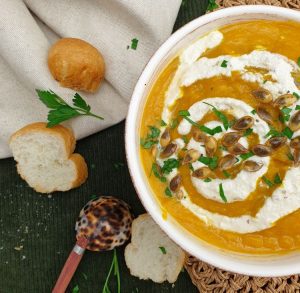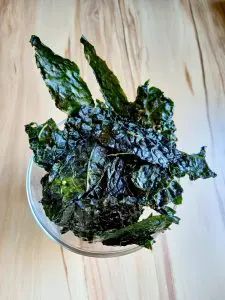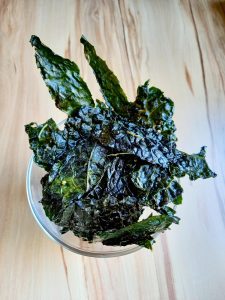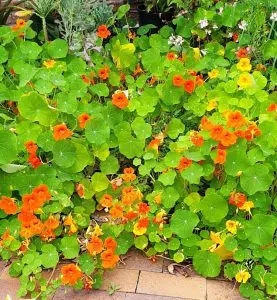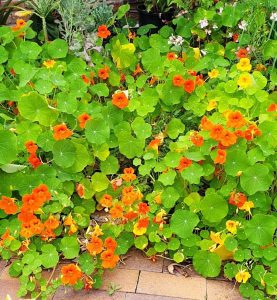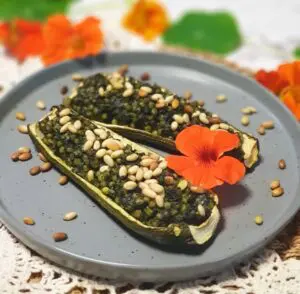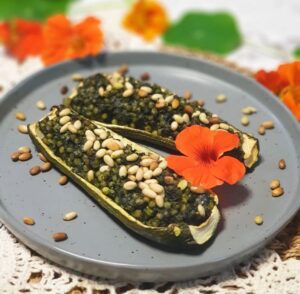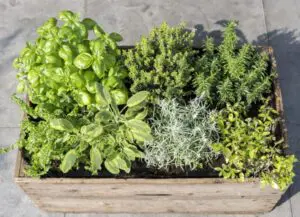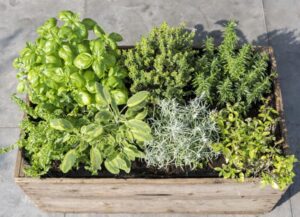Introduction
I want to share two methods I use for making this hot chilli sauce similar to the famous Tabasco sauce and they are: the simple fast sauce method and (the much slower) fermentation sauce method.
Any chilli is suitable for this sauce; however, a hot chilli works best. I use small Thai chillies which are very hot but I'll use any hot chilli (including the Tabasco chilli which looks almost identical to the small Thai I use).
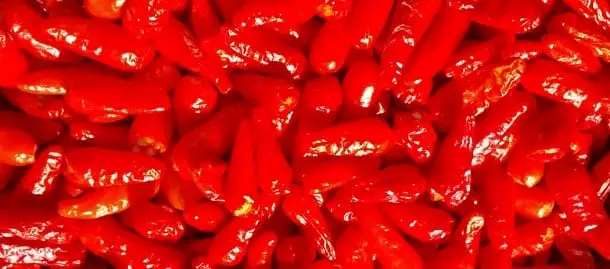
Before I get into the recipe, I would like to briefly explain where my love of this particular Thai chilli was born.
In 2000, I was working in Timor-Leste (East Timor) with the Australian Army and one of our tasks was to help and protect the people of a small village in the highlands, who were victims of an unspeakable massacre, which was conducted in their very own village church. Dozens of innocent people were murdered within the confines of this church, which should have been a safe haven.
During Christmas 2000, and at the same church, the villages (mainly children) treated me and my fellow colleagues to a “Sunday play” where they sung, danced, and celebrated life – it was a very moving experience and one I will never forget. After the show, these people (of limited possessions or wealth) offered us a light lunch. The food consisted of rice, fish, some meats, fruits and a 

This sauce was like nothing I had ever tasted before and although I didn't get the chance to directly ask for the ingredients I did see the chillies (small Thai type) and I worked out the simple ingredients, which was course salt and vinegar. It seems the chillies, salt, and vinegar are simply ground together to make a fine salsa, which packs a hell of a punch, but makes my mouth water thinking about it.
Almost every time I have my chilli sauce or admire my Thai chilli plants in the garden, I remember those happy, cheerful village people in the East Timor highlands who suffered and endured so much pain but found the strength to keep going. So, I guess the writing of this article can (in some way) be dedicated to them and their courage.
Chillies to use
Basically, if you like chilli sauce then use a chilli you can handle and don't go too mild because this sauce recipe is meant to be used sparingly anyway (a few drops here and there) – it's that “zing” we want. After all, it isn't a thick sauce and there are other chilli sauce recipes, which are better suited to mild chillies if a thick consistency and mild taste is what you prefer.
Use fresh chillies preferably straight from the plant for these reasons:
-
fresh are more juicy and are better, especially for the fermentation process, because it works by using the moisture drawn out (by salt) to help with fermentation;
-
chillies are quite easy to grow – certainly the easiest of the peppers to grow (large peppers/capsicums can be temperamental);
-
chillies can be over priced in the supermarket; and
-
grow the plant and get exactly the type of chilli you want and as much as you need without hunting around from store to store.
Prepare a bottle/s (vessel/s) by sterilising first or if the sauce will likely be used within a few weeks and refrigerated then a clean (very clean) vessel without sterilising will do. However, if it is likely the sauce will be left in the pantry for storage then sterilisation of the vessel is recommended.
Method 1 – Simple fast sauce simmer method
Ingredients
1 x cup chilli pulp
2 x cups white vinegar
1 x cup water
2 x teaspoons salt
Step 1 – Chilli Pulp

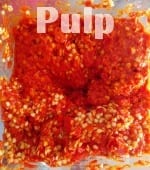

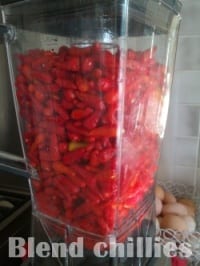
Blend the chillies in a blender or food processor to make a thick pulp (you could use a mortar and pestle but that would be hard work). If the pulp doesn't blend/process well then add a little water to free the mixture up so it does blend properly.
Step 2 – Simmer
Add 1 x cup of chilli pulp to a saucepan then add the vinegar, water and salt. Bring to the boil and simmer for about 5 minutes.
Step 3 – Cool & Bottle
Take off the heat, leave to steep and cool for awhile (½ hour). Then strain the warm sauce through a fine sieve and place into bottles. Store unopened in the pantry and when opened refrigeration is recommended.
Method 2 – Fermentation sauce method
Ingredients
4 x cups chilli pulp
8 x cups plain white vinegar
Qty granulated cooking salt
Qty water (only if necessary)

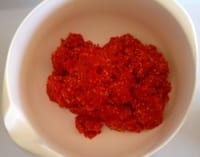
Step 1 – Pulp & Container
Pulp the chillies to make 4 cups by using a blender or food processor; de-seeding the chillies is not necessary.
Place the chilli pulp in a non-corrosive container like a crock pot, plastic or glass bowl. Smooth and pat down the pulp with the back of a spoon so the surface

Step 2 – Salting
Sprinkle the salt over the top of the chilli pulp so that it covers the top evenly but not thickly.
Step 3 – Fermenting Process
Cover the container with a cloth, tea towel, or muslin and leave to ferment in a cool dark place for 4 weeks. If you don't have a cellar or a under stairs space then a pantry should do but be aware the fermentation process will give off some chilli scented fumes, which can become rather unpleasant.


Inspect the salted pulp the next day to ensure the salting has drawn out enough liquid to slightly cover the pulp. If the pulp is exposed, sprinkle some more salt on top (about 1 x tble spoon) and add a small amount of water so the pulp is just covered in liquid.
Then, check the mix weekly and ensure the pulp is moist and fermenting. If the mix is too dry or the pulp over exposed, again add a little water just enough to cover the pulp. After week 3 and towards the end of the fermentation process the mixture will naturally start d
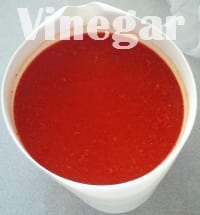
Step 4 – Adding Vinegar
After 4 weeks, remove the fermented chilli pulp from it's location and with a spoon scrape any scum or mould from the surface of the pulp. Underneath the scum, the pulp should be moist and unspoilt still with a chilli aroma. However, if you find the mixture has gone rotten, mouldy all through, or dry right through, then discard.
Then, add the vinegar and mix well. Leave the pulp and vinegar to sit again in a cool place for a further 7 days.
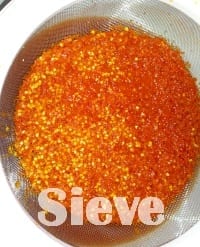
Step 5 – Strain & Bottle
After the 7 days, strain the pulp and vinegar mix through a fine sieve or muslin cloth (depending on how filtered you prefer the sauce – I like some particles in mine so I use a sieve) and bottle into sterile containers.
Notes:
1. You can make the sauce as weak or as powerful as you like by adding or reducing the vinegar.
2. Sugar can be added to sweeten the sauce if you like – add it as a sugar syrup so it mixes better.
3. Other spices or herbs can also be added to the sauce for variations.
4. Add or reduce ingredients to make more or less. 
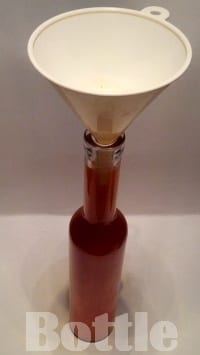
5. Both sauces are designed to be used sparingly and a few drops is usually all that is required for the chilli hit. However, for chilli nuts (like me) a table spoon on a plate mopped-up with fresh crusty buttered bread is unbelievably good!
Conclusion
The obvious question is which sauce (the quick simmer method or the fermentation method) do I believe is the best? I can only speak from my personal experience and that is: if I need a chilli sauce in a hurry, which has a Tabasco like chilli taste and hit, then the simmer method does it for me – no problem. However, if I want a refined chilli sauce with depth of flavour like a good wine, which only fermentation of sugars can produce, then I do the fermentation thing.
Simply put, 
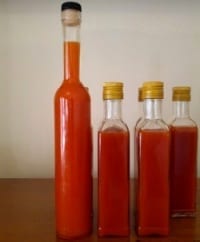
Life's journey is different for everyone, and it's often subtle experiences along the way, which end up sowing the seeds of bigger ideas to grow down the roa
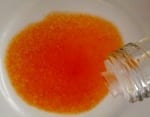
I'll never forget those smiling faces from that village in Timor-Leste, their courage through dark times, and I'll never forget how they taught me that a great chilli sauce means more than just an obscure and tasty condiment on a plate.
Would you like to discuss this article or ask a question?Join our forum – I have created a topic in our forum especially for this article here.
Disclosure – Food preserving and fermentation methods, processes, or tips shown in this article are to be used as a guide only. No responsibility or liability will be accepted by Self Sufficient Me for sickness, accidents, or other problems arising from readers attempting to follow, or use any directions given in this article.


